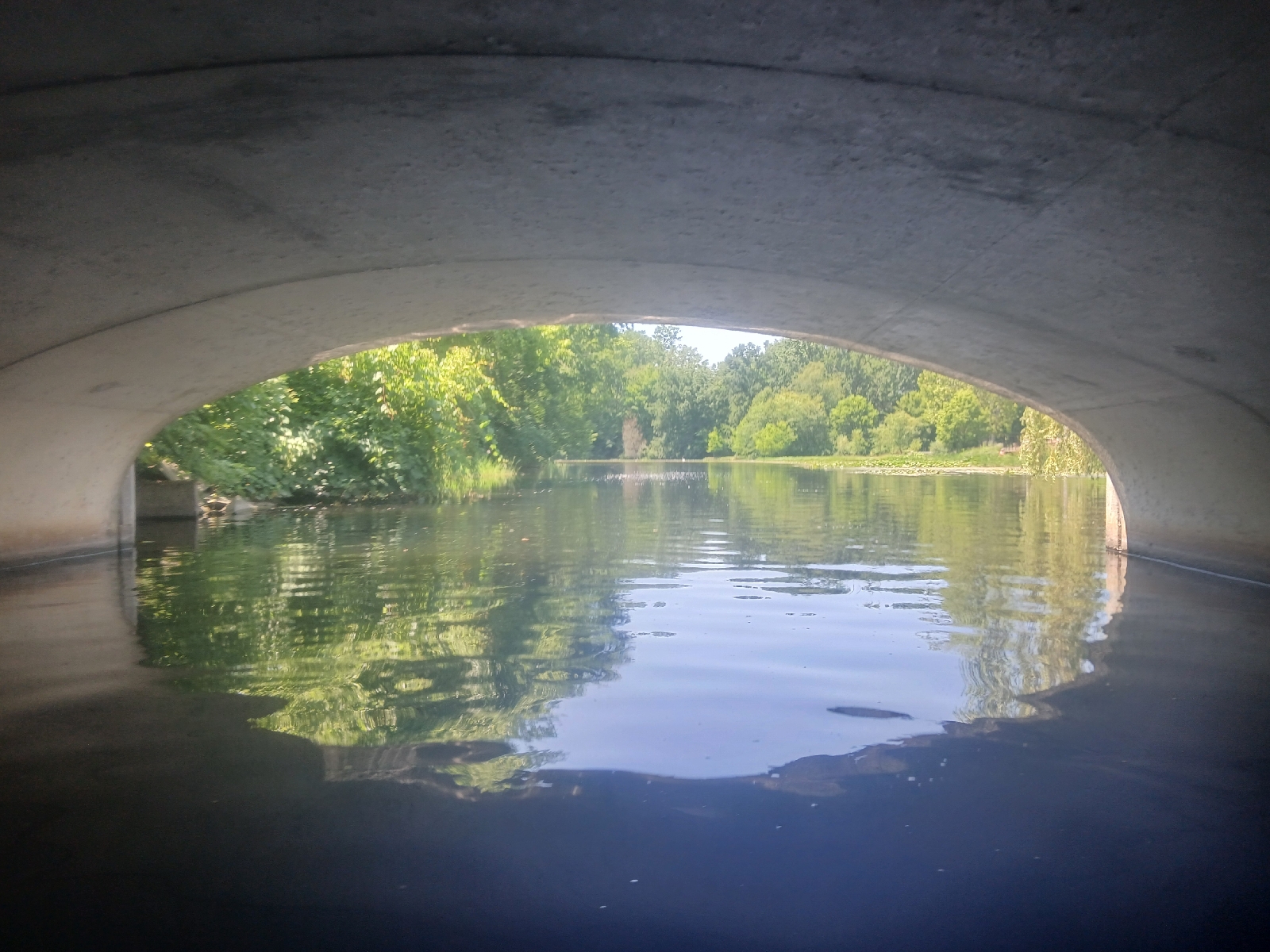---
1. DIY Fall Decor: Cozy, Rustic Vibes
Fall is all about warm, cozy colors and natural elements. Here are a few ways to bring the essence of autumn into your home without breaking the bank:
Pinecone and Acorn Accents: Gather pinecones and acorns from your yard or a nearby park. Place them in a clear glass vase or bowl for a rustic centerpiece. You can even paint the tips in gold or white for an extra touch.
Upcycled Flannel Blankets and Pillows: Old flannel shirts can be transformed into cozy, autumn-themed pillow covers or small throw blankets. These add warmth and seasonal color to your living room or bedroom.
Mason Jar Candle Holders: Reuse mason jars as candle holders. Wrap the jars with burlap or twine, place a candle inside, and add a few small pinecones or leaves for a cozy, autumnal glow.
DIY Wreath with Leaves and Twigs: Collect leaves, twigs, and dried flowers, then arrange them into a circular shape using a wire or grapevine base. This DIY wreath is a beautiful, natural decoration for your front door.
---
2. Winter Decor: Festive and Cozy Touches
Winter decor brings warmth, light, and a bit of sparkle to your home. Embrace the holiday spirit with these affordable DIY ideas:
Paper Snowflakes and Garlands: Use paper to create delicate snowflakes or paper garlands. Hang them from the ceiling or around windows for a wintery touch that costs next to nothing.
Upcycled Sweater Pillows: Turn old, unwanted sweaters into pillow covers for a cozy, knitted look. These add warmth and texture to your living room, perfect for the chilly winter months.
DIY Candle Lanterns with Jars: Use empty jars to create lanterns by filling them with battery-operated string lights or tealight candles. Tie a festive ribbon or twine around the top for added charm.
Salt Dough Ornaments: Mix salt, flour, and water to create homemade ornaments. Shape them with cookie cutters, paint them, and hang them on your tree for a personal, handmade touch.
---
3. Spring Decor: Fresh, Floral, and Bright
Spring is all about new beginnings, fresh blooms, and bright colors. Bring springtime energy into your home with these budget-friendly ideas:
DIY Floral Arrangements: Head to the grocery store for inexpensive flowers, or gather wildflowers if they’re in season. Arrange them in upcycled glass jars, vases, or even painted tin cans for a fresh spring display.
Painted Terracotta Pots: Transform plain terracotta pots by painting them in pastel colors or adding simple designs. These are perfect for spring flowers or small indoor plants.
Egg Carton Flower Garland: Use empty egg cartons to create flower garlands. Cut and paint each cup to resemble a flower, then string them together for a colorful, whimsical decoration.
Upcycled Fabric Bunting: Use fabric scraps or old clothes to create a festive bunting. Simply cut the fabric into triangles, attach them to twine, and hang them on your mantel or walls.
---
4. Summer Decor: Bright, Beachy, and Breezy
Summer is the season to bring a light and airy feel into your home. Try these affordable, DIY ideas to create a beachy, summer vibe:
Seashell Centerpieces: If you’ve collected seashells on past beach trips, now’s the time to use them! Place them in a decorative bowl or scatter them along a table runner for a breezy, coastal look.
DIY Nautical Rope Coasters: Use twine or rope to create simple coasters with a nautical feel. Simply glue the rope into a spiral shape, and you’ve got easy, affordable summer coasters.
Lemon and Citrus Displays: Fill a glass vase or bowl with lemons, limes, or oranges for a fresh, bright centerpiece. Not only does it add a pop of color, but it also brings a delightful fragrance to your space.
Upcycled Glass Bottle Vases: Clean and repurpose glass bottles as vases. Paint them in light colors or wrap them in twine, then add fresh flowers for a summery touch.
---
5. Year-Round Tips for Budget-Friendly, Upcycled Decor
For every season, there are certain DIY and upcycling techniques that can make a big impact. Here are a few ideas to help you decorate affordably, no matter the time of year:
Use Nature as Inspiration: Look for natural elements that you can incorporate into your decor, like branches, rocks, dried flowers, or driftwood. They’re free and bring a touch of nature indoors.
Shop Thrift Stores: Thrift stores are goldmines for affordable decor pieces that can be upcycled or used as-is. Look for glass jars, picture frames, baskets, and vintage fabrics.
DIY Centerpieces: Create seasonal centerpieces with whatever you have on hand—old candle holders, jars, or even plates. Fill them with seasonal items like leaves, ornaments, flowers, or seashells.
Transform Everyday Items: With a little paint, fabric, or twine, you can give new life to household items. Old tins, cans, glass jars, and bottles are especially versatile for seasonal decor.
---
6. Embrace Minimalism and Simplicity
Remember, less is often more when it comes to decorating. A few simple pieces can make just as big of an impact as more elaborate displays, and they keep your home feeling uncluttered and comfortable. Focus on meaningful or DIY decor that you love, rather than overloading your space with too many seasonal items.
---
Seasonal decorating doesn’t have to be expensive or complicated. By upcycling, using natural elements, and embracing DIY, you can create a stylish, festive atmosphere on any budget. Whether it’s spring, summer, fall, or winter, these ideas help you embrace each season while keeping things affordable and eco-friendly. Decorating on a dime is about creativity and resourcefulness, so gather what you have, try new techniques, and have fun transforming your home into a seasonal haven!









